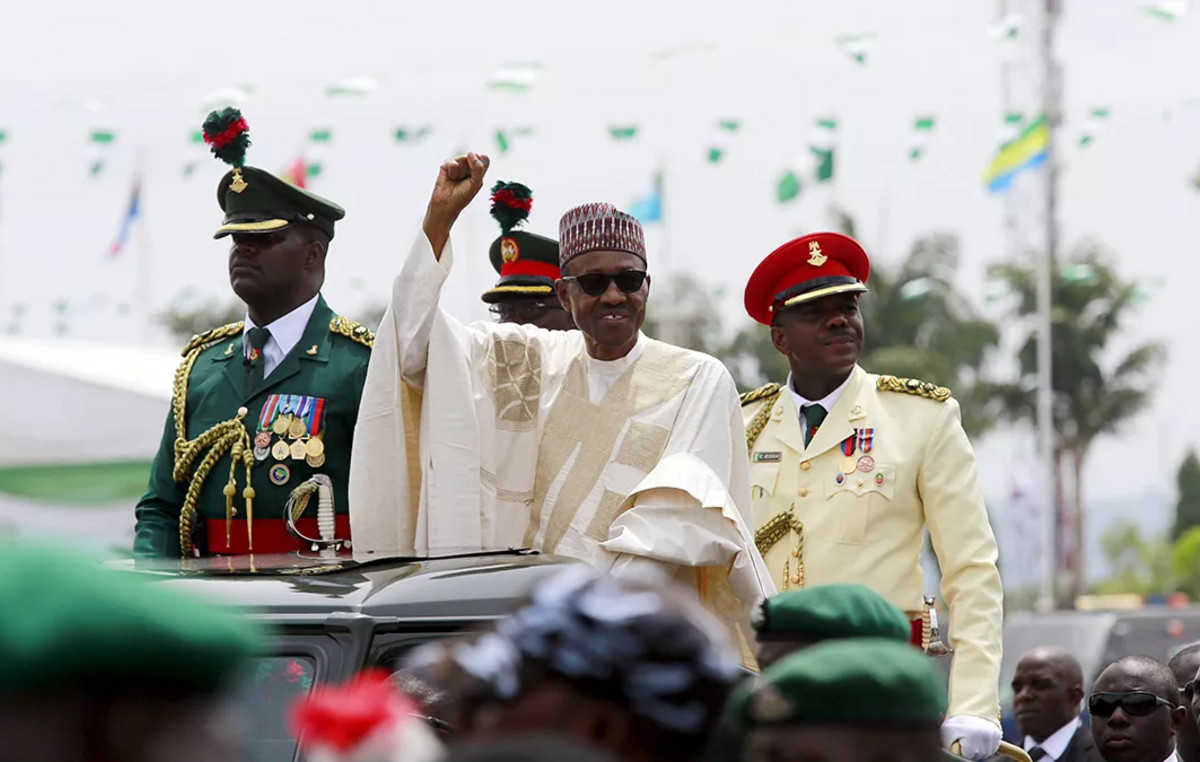In a report released this week, the Financial Stability Committee (Comef), a body of the Central Bank, highlighted the issue of interest rates in the country in assessing the economic and financial scenario.
Comef pointed out that there was a slowdown in the pace of granting credit to both companies and individual consumers. More expensive money, with rising interest for the customer, says the Committee, despite the Selic rate being stationary since August last year at 13.75%, also makes institutions more judicious when granting credit.
For industrial entities, the credit crunch can directly impact the country’s productive capacity, especially among smaller companies. In the practical life of companies, high interest rates indicate the need to have more money to pay debts, often contracted in a scenario where the rate was close to the minimum, as it was in 2021.
According to José Velloso, president of the Brazilian Machinery and Equipment Industry Association (Abimaq), the high interest rate in Brazil “is a long-standing dysfunctionality”, which compromises growth and economic development and, consequently, generates de-industrialization.
“The level of interest rates generates disinvestment. There is no economic activity that has a return after paying the cost of interest”, says Velloso.
In addition, the expert also highlights the issue of opportunity. When interest rates reach levels like this, lending money through public bonds to the government becomes such a profitable investment that the productive sector is hardly worth it.
The Confederation of Commercial Associations of Brazil (CACB), in turn, considers that high interest rates and difficulties in obtaining credit harm the performance of the economy, and mainly affect micro and small companies, with greater difficulty in accessing financing.
According to a survey by Serasa Experian, the number of company bankruptcies – from all sectors – increased 56.5% in January this year, compared to the same month last year – from 46 to 72. The increase reaches 80% when we consider the 40 bankruptcy filings filed in January 2021.
Some measures, points out the CACB, could be adopted to ease the difficulties of MSEs, such as special lines of credit, with guarantee mechanisms — such as Pronampe, the National Support Program for Micro and Small Companies.
“The high interest rates result from factors such as inflation and uncertainties in the fiscal area, requiring, above all, measures that restore the confidence of economic agents, promised by Minister Haddad”, states the CACB.
In a technical note published at the end of February, the National Confederation of Industry (CNI) also highlights the impact of high interest rates on smaller companies. According to the document, the upward trend in the Selic rate has been an “additional complication” for the cost of credit to micro, small and medium-sized companies, given that the Selic benchmarks interest rates on credit granted to these companies in the market.
questioned by CNN the Federation of Industries of the State of São Paulo (Fiesp) and FecomercioSP responded that they would not take a position on the matter.
On the occasion of the disclosure of the result of the Brazilian GDP for 2022, the Federation of Industries issued a comment in which, among other points, it pointed to the decrease in the cost of credit from the reduction of the basic interest rate among “the priority actions” to deal with the projection – made by the industrial entity – of an economic growth of 0.5% in 2023.
Aod Cunha, economics commentator CNN assesses that the continuation of the current level of interest rates should generate a challenging situation in the credit market.
“The maintenance of a high rate, the extension of that rate, evidently, at some point, would generate a situation of more acute credit restriction. We need to reduce the interest rate. It needs to be done correctly, so that a poorly made reduction later does not lead to an additional increase in interest rates and a greater credit restriction”, he explains.
In a report sent to clients this week, consultancy Verde Asset pointed out that there are incipient signs of a possible credit crisis hitting the Brazilian economy and that, therefore, “good public policies” will be necessary to manage the situation.
tax rule
The CNC, in a note sent to the CNN stated that the prospects for a drop in interest rates depend, mainly, on a concrete signal from the government — in particular from the Ministry of Finance — regarding the new fiscal rule that replaces the spending ceiling, a rule that has not been complied with.
This is because the interest rate, in addition to a response to inflation, reflects the need to finance the public deficit.
“The more the government signals with the control and reduction of the public deficit, the greater the space for the reduction of the interest rate and, consequently, the growth of Brazil”, affirms the confederation.
It also states that the reversal of the inflationary process, combined with the announcement of the fiscal anchor, may allow the Central Bank to reduce the Selic rate and increase liquidity.
* Under the supervision of Ana Carolina Nunes
Source: CNN Brasil
I am an experienced journalist, writer, and editor with a passion for finance and business news. I have been working in the journalism field for over 6 years, covering a variety of topics from finance to technology. As an author at World Stock Market, I specialize in finance business-related topics.







